After a difficult 12 months, the Taiwanese phone maker is hoping to turn the next phone you buy this year into a real camera that can take pictures as you would on dedicated cameras, which can then be easily backed up over the Internet with cloud storage.
The cameras on its new HTC One series of high-end phones are tweaked to fire in 0.7 seconds, after auto-focusing on a subject in a short 0.2 seconds, say company representatives at the annual Mobile World Congress show in Barcelona today.
What’s more, like a real camera, the new phones are expected to fire multiple shots when you hold down the snap button. And just like high-end cameras now, the software onboard is able to let you select a frame from a shot video and save it as a still image.
The “hero” among the three phones featuring these new photo-friendly features is the HTC One X, which comes packed with all the goodies you’d expect from a phone this year.
Onboard is an Nvidia quad-core Tegra 3 chip running at 1.5GHz, 32GB of storage, a 4.7-inch screen protected by the hardy Gorilla glass, and of course, an 8-meg camera with f2.0 aperture and 28mm capabilities.
As HTC had always emphasised in the past, the software is just as important. Its Sense 4.0, an often “love it or hate it” feature among users, will now come with close integration with Dropbox, which lets you back up your photos, songs and other stuff with a few quick easy taps on the screen. Oh, and HTC is bundling 25GB of backup for two years.
The rest of the features you should be concerned with are going to be rather standard on other HTC phones this year – there’s Android 4.0 packed in, Beats Audio, as well as a bigger power pack, which is rated at 1,800mAH on the HTC One X.
The other two models on the HTC One series are the One S and One V, which come with dual-core and single-core chips and smaller screens, presumably to attract buyers who won’t shell out top dollar for the One X.
Together, the new range will likely bring HTC back on stronger ground after a difficult past 12 months, when it saw its stock plummet 42 per cent and sales figures fall dramatically from its heady days of two years ago.
In 2012, a focus on usability features, while keeping up with the latest hardware specs, could yet differentiate HTC from fellow Android phone maker Samsung and help it better compete with the Apple experience.
To get the phones into everyone’s hands fast, HTC is aiming to ship them to more than 140 telcos worldwide by April. Among them are SingTel, StarHub and M1, though pricing for Singapore will only be out later.
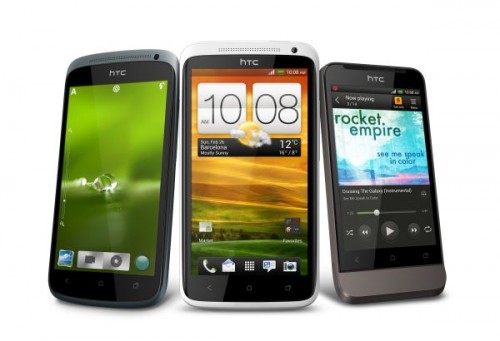
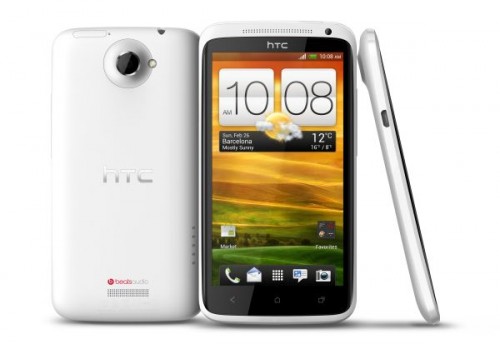
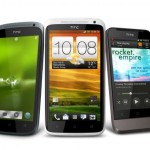
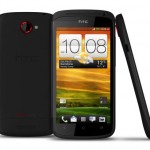
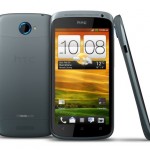
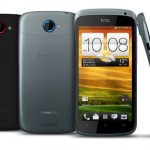
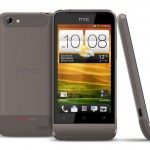
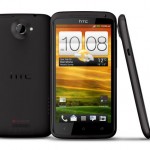
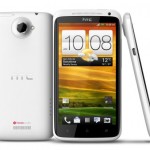
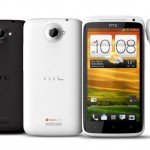
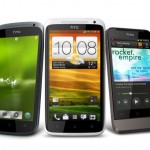
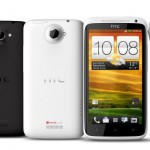





Turning a phone into a real camera will take more than just adding a fast f2.0 lens, less lag startup and shutter release. Photographers want control over the individual settings for aperture, shutter speed, and ISO. The compact pro-sumer digital camera market segment is hot at the moment because smaller yet capable systems are what the Pros are looking for to tote about when they don’t want to pack their dslr. The amateur and well heeled consumers are also looking at this space because they don’t want the bulky dslr.Here’s a free hint for the camera or phone manufacturers reading: Phone makers must look at what Polaroid is doing but go a step further with full shutter and aperture controls.Camera makers just need to think about stuffing ‘media connectivity’ into a device like the Canon S100, Olympus PEN, Panasonic Lumix G Series. This is almost there with new Wi-Fi capable devices or even the use of the Eye-Fi or FluCards. The next step is having a Mobile Broadband SIM Card to have direct connectivity.
Hope to see some crossbreeding between the mobile phone and digital cameras before the end of the year.